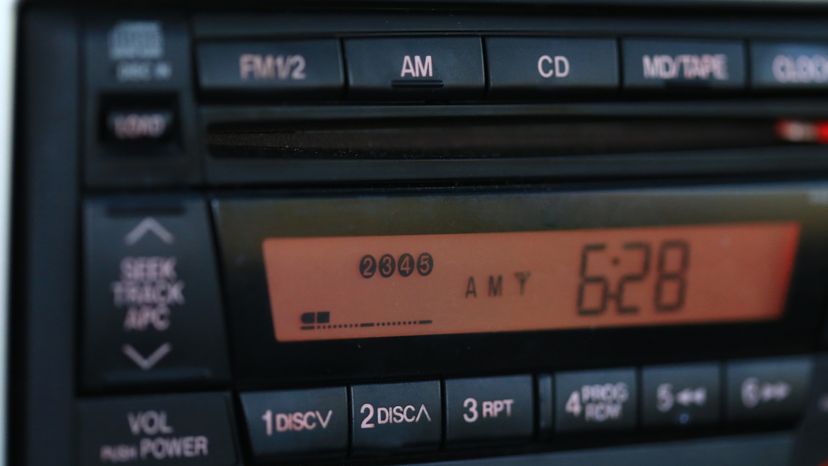
If you have one of those car radios that show FM station call signs right on the display panel, then you have the Radio Data System feature. It was developed by Swedish Telecom in 1976 as a method of sending data to radio pagers. In the early 1980s, the European Broadcasting Union changed it to the Radio Data System (RDS). The U.S. National Association of Broadcasters (NAB) adopted a standard for it in 1993. British Broadcasting System (BBC) is also a user of the system.
The Radio Data System (RDS) is available in many U.S. cities.
Advertisement
In the United States, FM radio stations are allocated 200 KHz of bandwidth. (In Europe, it is 100 KHz.) The station does not fill all of this bandwidth with music. RDS is a completely separate radio signal that fits within the station's frequency allocation. It carries digital information at a frequency of 57 KHz, with a data rate is 1187.5 bits per second (see this nice diagram of the FM signal for details). RDS transmits data simultaneously with a standard FM stereo (or monophonic) radio broadcast. Possible uses include transmitting song titles, station call signs, and signaling when traffic or weather reports are being broadcast.
RDS was mentioned in this BBC article that describes how a "pirate" radio station was able to send out a signal that "took over" many radios. On some car radios, there is no easy way to disable RDS -- the only way to make the problem go away was to drive out of range of the offending signal.
These links will help you learn more:
Advertisement